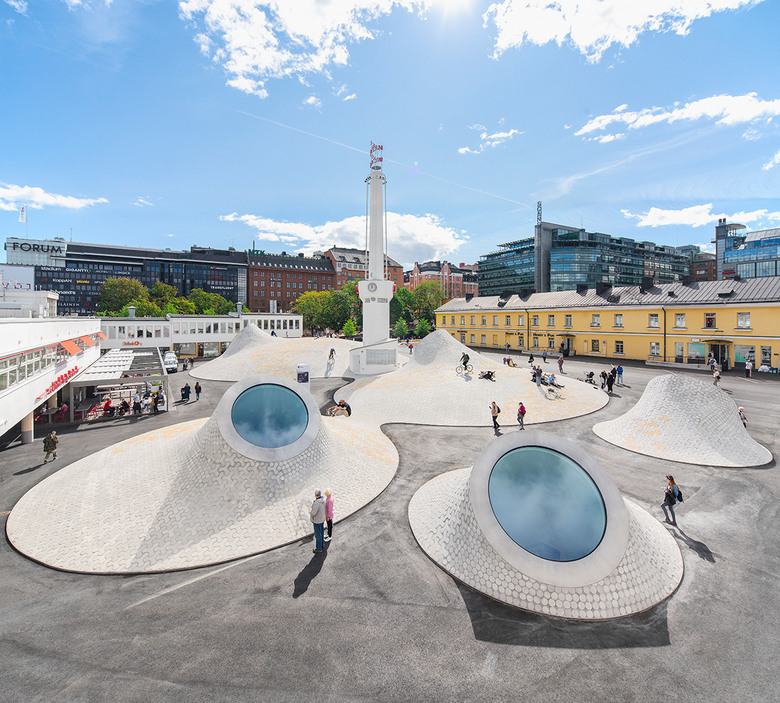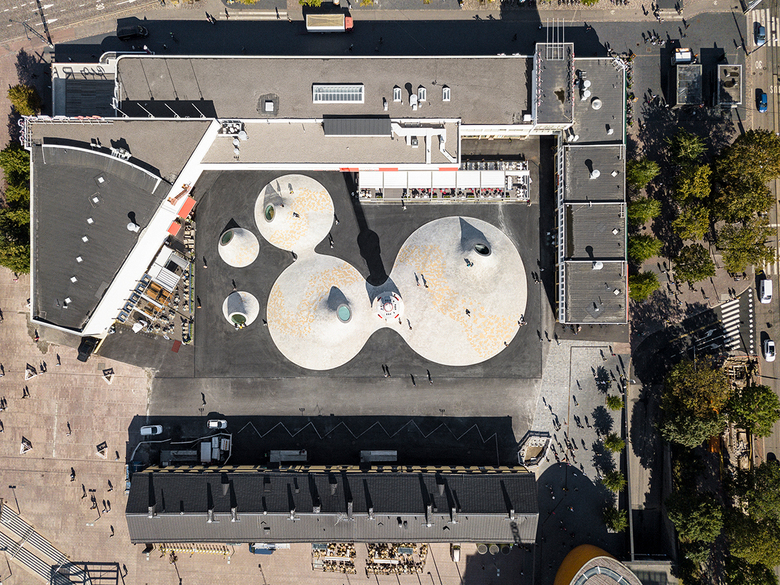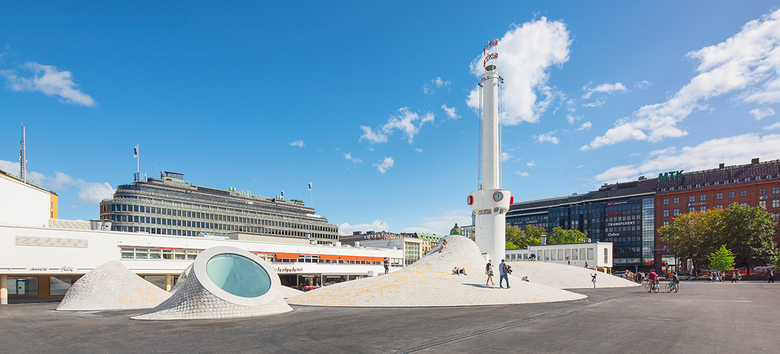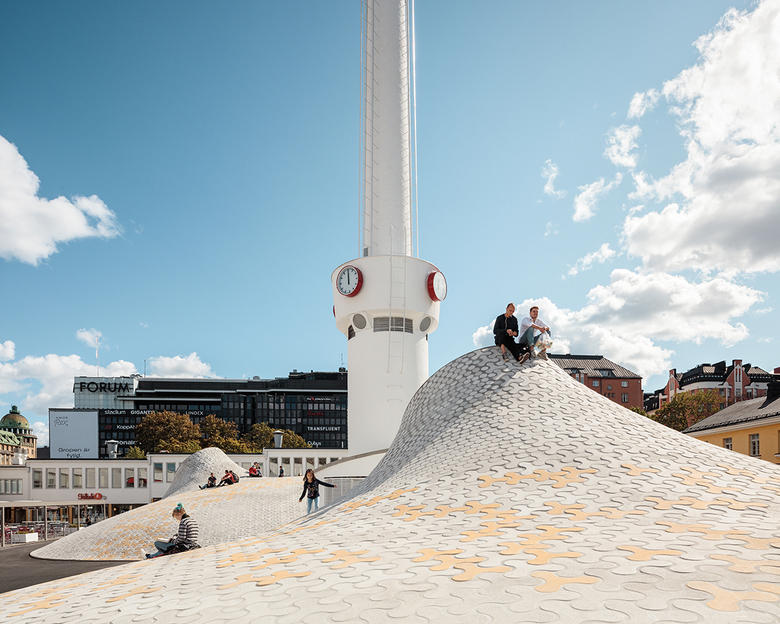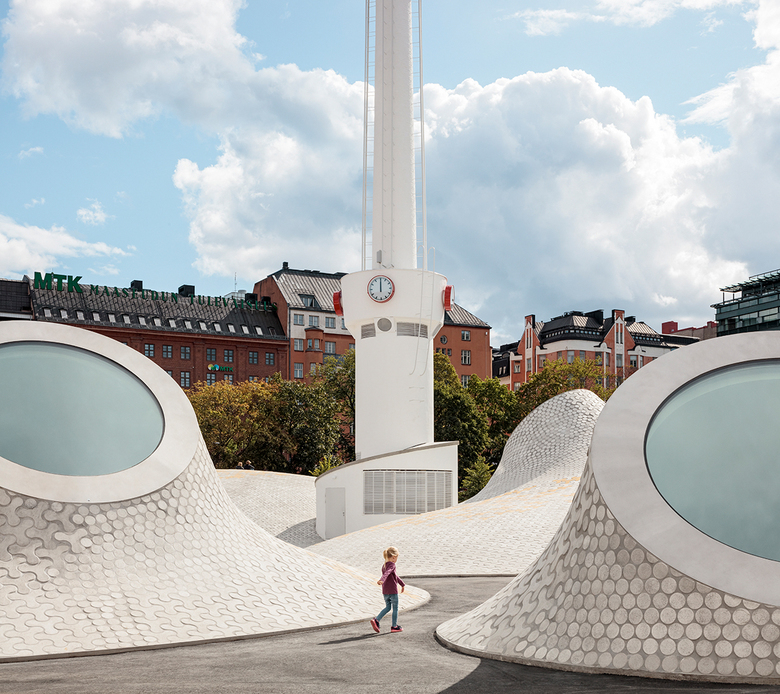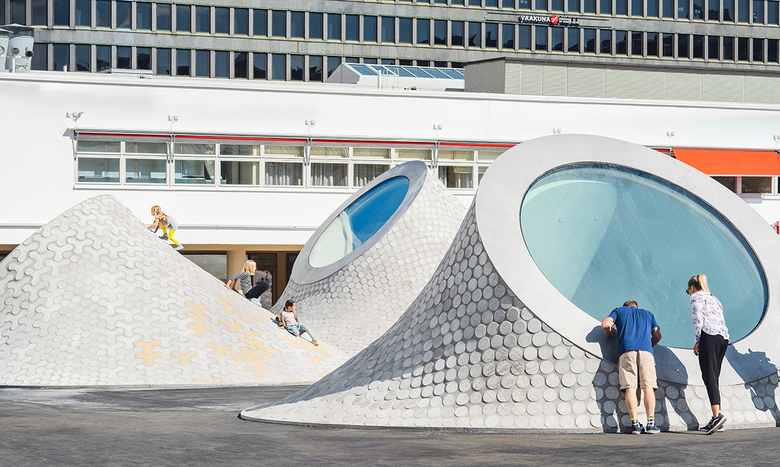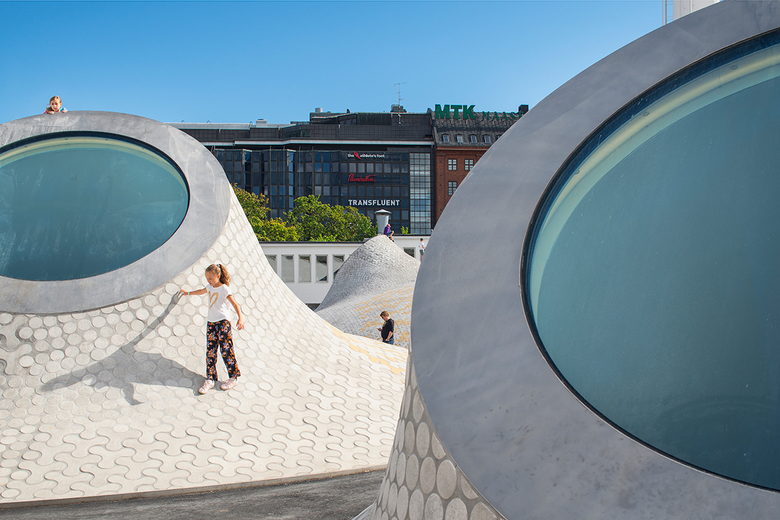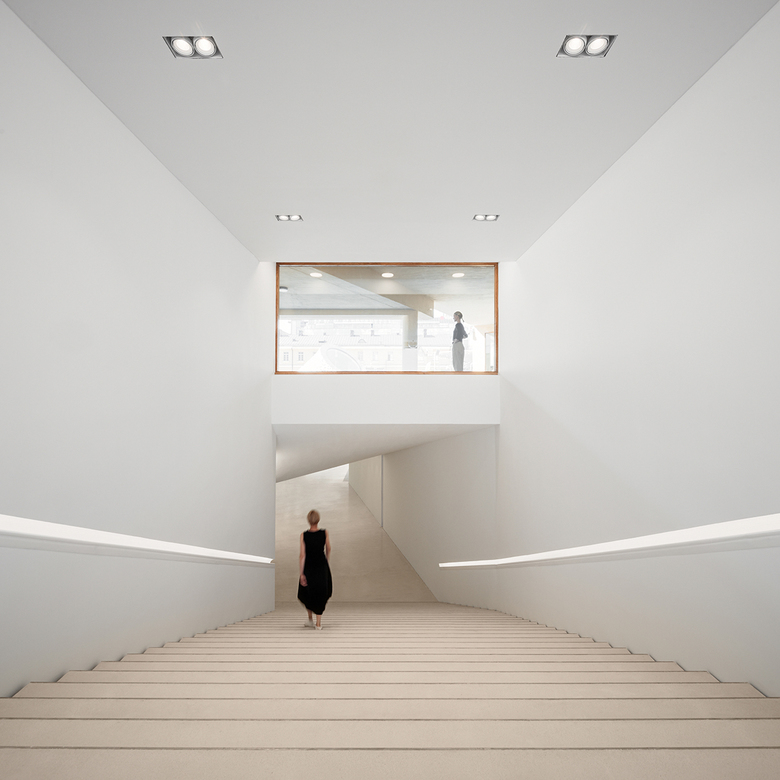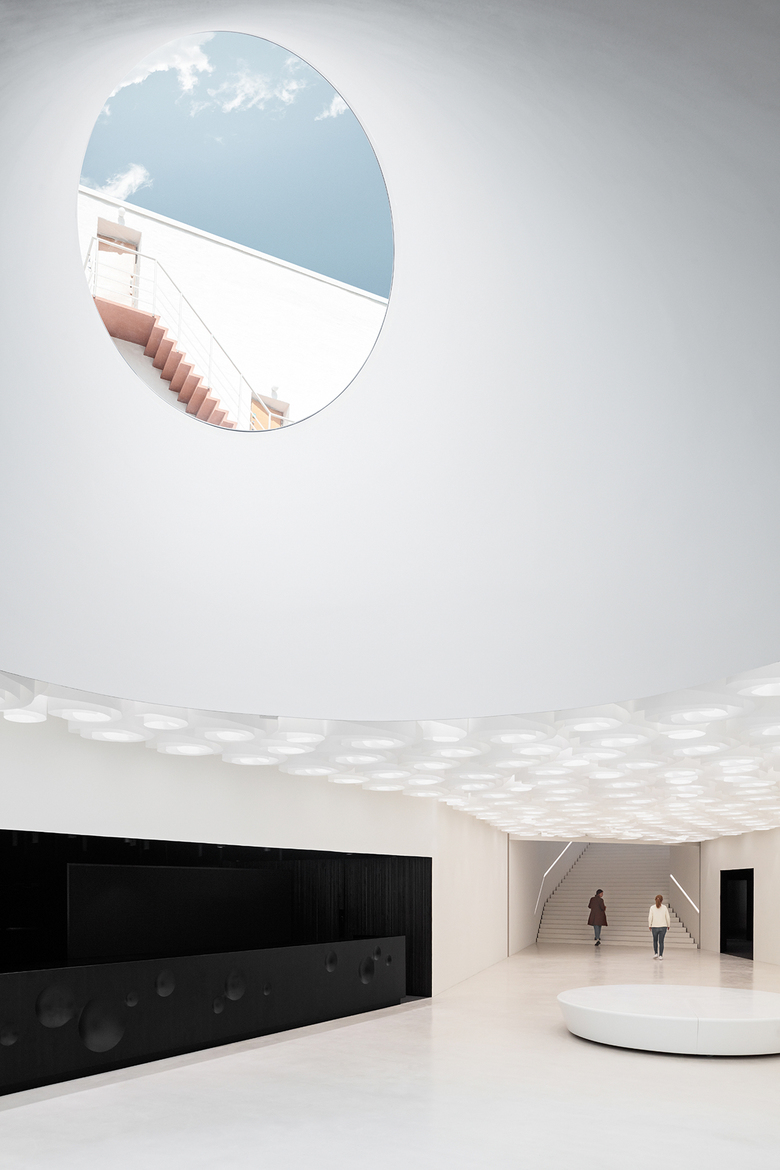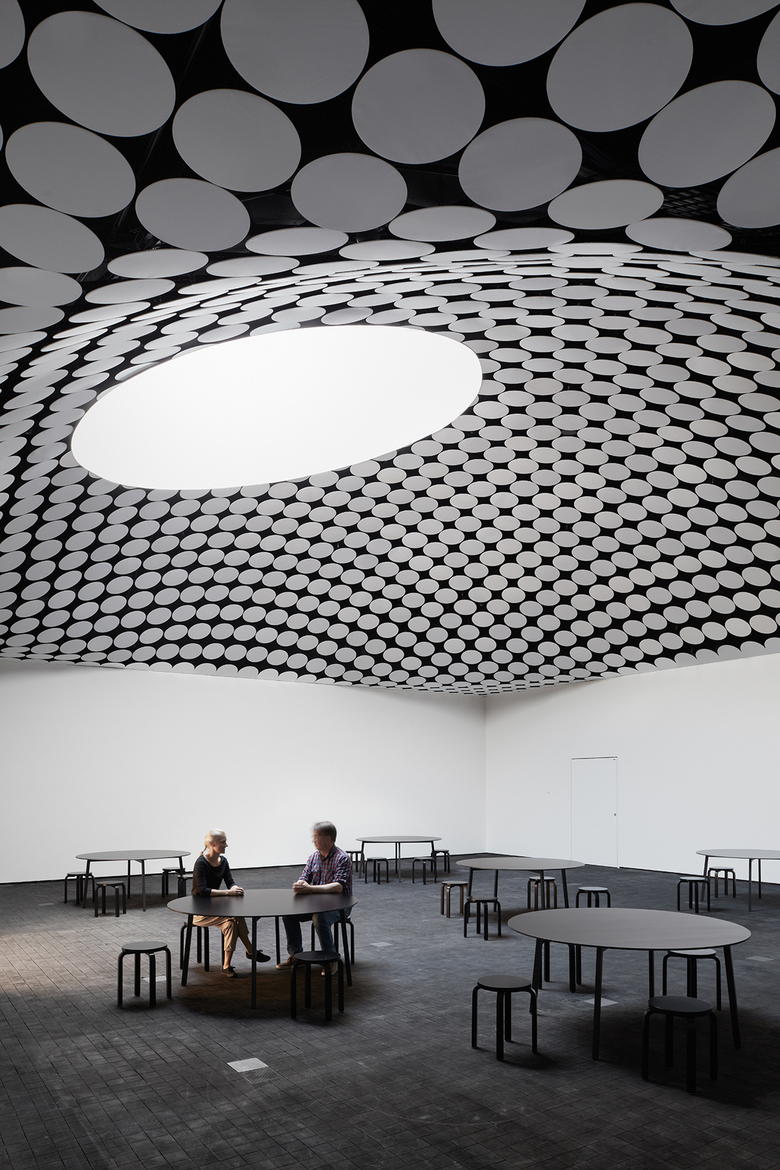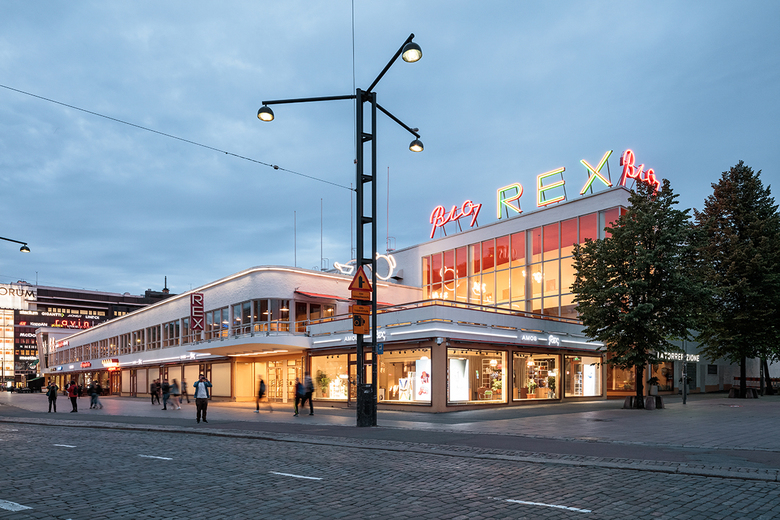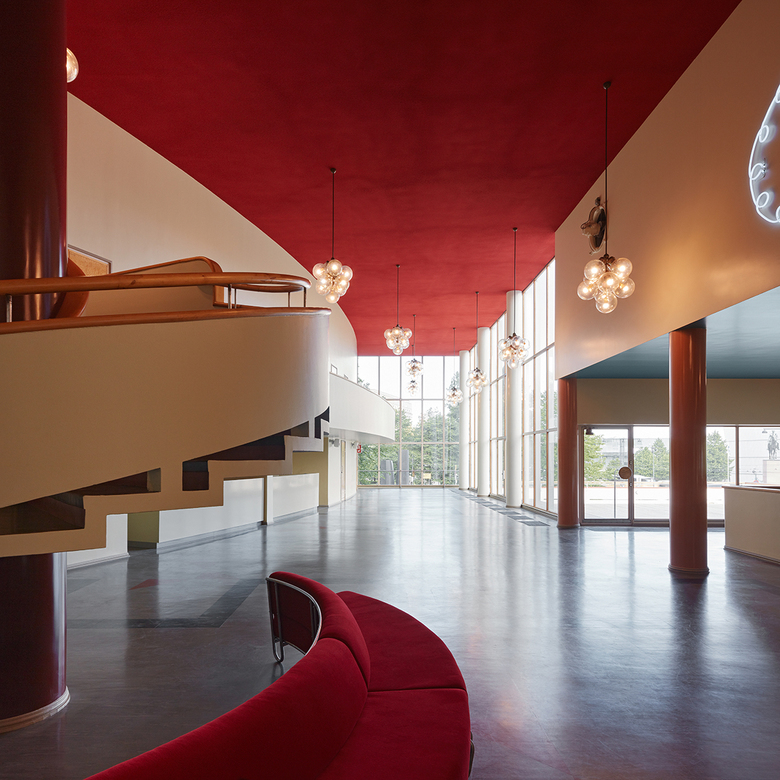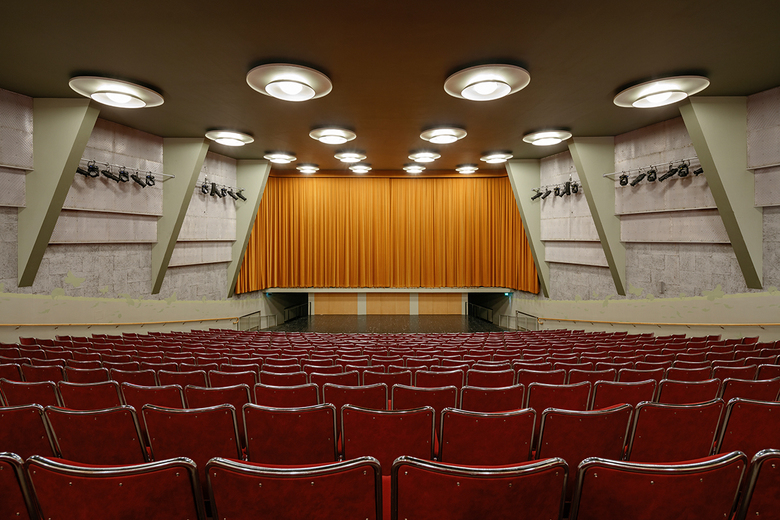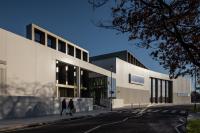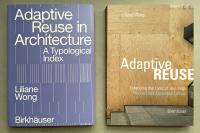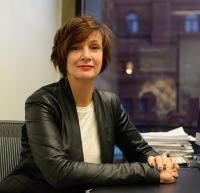Amos Rex
Helsinki, Finland
Designed by Finnish practice JKMM, Amos Rex - a major new art museum in Helsinki - is nearing completion. Amos Rex continues the work of Amos Anderson Art Museum (1965-2017) that was established at the bequest of Amos Anderson (1878- 1961), a highly regarded Finnish philanthropist, art collector and entrepreneur.
Located in the heart of the city, Amos Rex is sited across from the 1920s classicist Parliament building and diagonally opposite the Steven Holl designed Kiasma Museum. The entrance to Amos Rex is through Lasipalatsi (“glass palace”), a distinguished 1930s Functionalist pavilion comprising restaurants, shops, the Bio Rex cinema and an open square behind it. All the new build gallery spaces of Amos Rex, however, are underground. This radical approach to designing a 6,230 square metre building below Lasipalatsi Square was driven by the historically sensitive context of the neighbouring 19th century neo-classical barracks. The listing of the barracks was contingent on the retention of the former military parade ground - now Lasipalatsi Square - as an unbuilt open public space.
JKMM worked with the City planners to determine how Lasipalatsi Square would remain as an important civic space within Helsinki while also allowing the public to enjoy Amos Rex’s only visible new built elevation, its roofscape. The solution came in the form of highly sculptural roof lights that also address the challenge of bringing daylight into the subterranean exhibition spaces. The roof lights create a new topography, their gently rolling forms playing on the idea of an urban park in keeping with the integrity of the square.
Inside the gallery spaces, visitors looking up to the generous steel-framed concrete skylights will feel connected to the city through JKMM’s carefully considered views opening out to the street-level above. The architects have felt it especially important for visitors to experience a sense of place, to feel located in a specific part of the city even when they are six metres below ground.
From a museum design point of view, the structure of the large domed skylights has enabled JKMM to shape a column- free 2,200 square metre exhibition hall. Curators will find this a flexible space in which to mount exhibitions. The hall’s scale is awe-inspiring with the ceiling domes, and their historical associations, creating their own particular sense of drama. The subtle quality of light in the top-lit exhibition hall is similar to that achieved through clerestory lighting.
Inside the Museum, sloping stairs lead up from the exhibition hall to Lasipalatsi’s foyer where visitors enter the building through the 1930s doors of the Bio Rex cinema. This forms a harmonious connection between new and existing buildings. JKMM has restored the 550-seat cinema auditorium together with rest of the listed Lasipalatsi Pavilion. This will be open to the general public as well as to museum visitors and show both art house and mainstream films. The cinema will be operated by an arts organisation called Korjaamo who will also run film festivals and organise other events in collaboration with Amos Rex.
Together with the Lasipalatsi Pavilion, the museum complex extends to just over 13,000 square metres. From an architectural and a cultural perspective, Helsinki’s evolving urban identity has been paramount in conceiving the Amos Rex project, a truly exciting new centre for the visual arts.
- 建筑师
- JKMM Architects
- 位置
- Helsinki, Finland
- 年份
- 2018
- 客户
- Föreningen Konstsamfundet, Amos Anderson Art Museum, City of Helsinki
- 团队
- Asmo Jaaksi, Freja Ståhlberg-Aalto, Katja Savolainen, Teemu Kurkela, Samuli Miettinen, Juha Mäki-Jyllilä, Edit Bajsz, Christopher Delany, Markus Manninen, Marko Pulli, Katariina Takala, Jussi Vepsäläinen, Päivi Meuronen, Noora Liesimaa
- Project Management
- Haahtela-rakennuttaminen Oy
- Structural Design
- Sipti Oy
- Structural Design (Domes)
- Sweco Structures Ltd.
- HVAC & Electrical Engineering
- Ramboll Talotekniikka Oy
- Acoustics and Soundproofing
- Ins.tsto Heikki Helimäki Oy / Helimäki Akustikot
- Fire Consultant
- L2 Paloturvallisuus Oy
